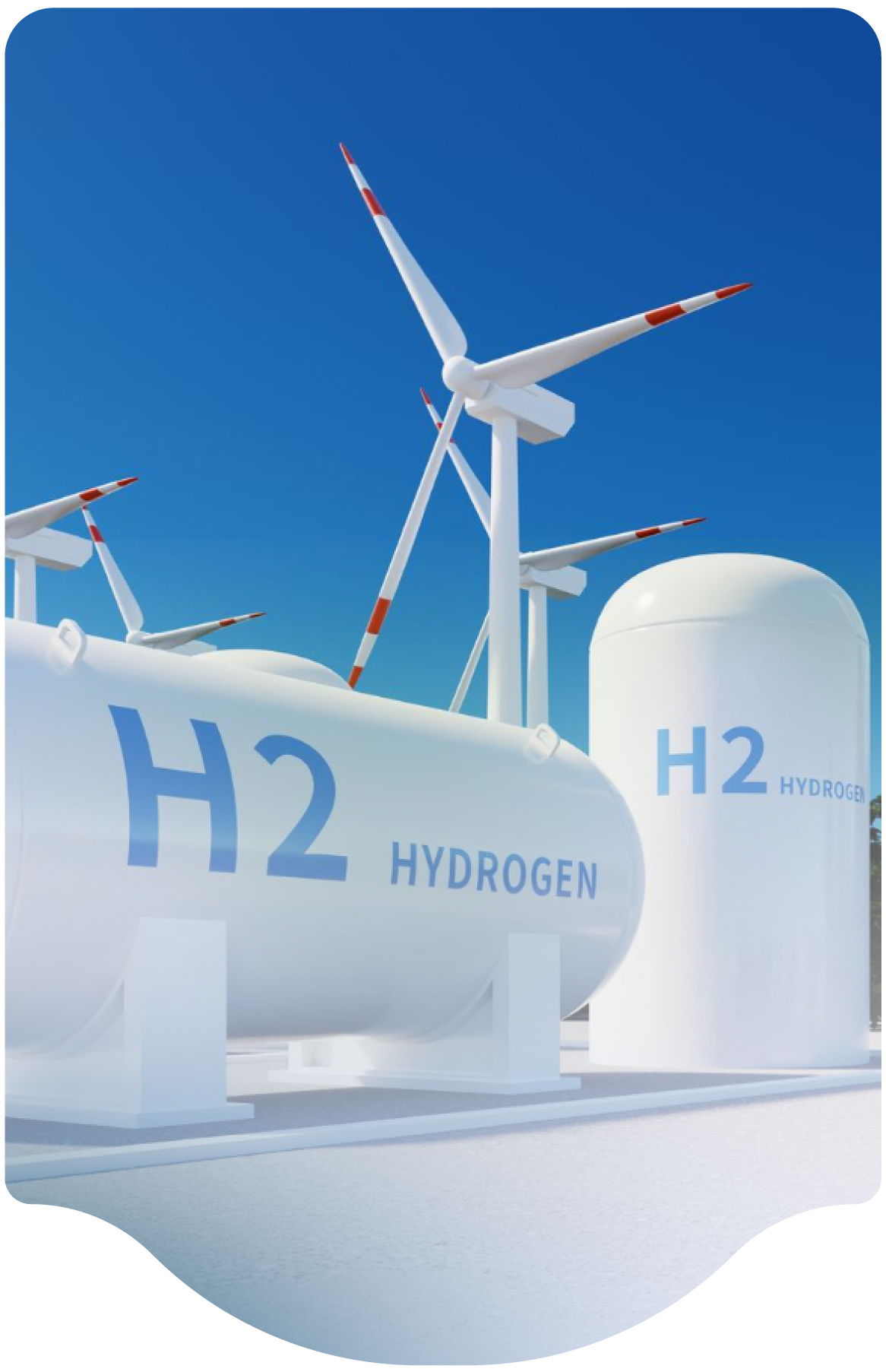In the Q&A section, you mentioned that welded connections are sometimes preferred in hydrogen piping to minimize leaks. What is your recommendation regarding this, especially for low pressure application (less than 15 barg)?
Welded systems are generally preferred, where possible, to reduce the likelihood of leaks. Generally, even welded systems will need non-welded joints (e.g. unions, flanges, etc.) to allow maintenance replacement of components. A low-pressure system would not be an exception to this preference. However, piping at lower pressures and smaller sizes will leak less hydrogen and have less probability of a leak.
It is common to have mechanical joints for small piping (1/4” to 1/2”) for gauges, transmitters, and other measuring devices. Additionally, leak rates are lower and are usually low risk, especially in large open areas for National Pipe Taper (NPT) threads below 1.5”. NPT joints are not recommended above 1.5” since they are susceptible to larger and more frequent leaks. Compression-style joints at low pressure have been shown to be largely leak free when installed correctly but also offer a risk of complete separation when assembled improperly. It is important to match the type of fitting to the application (purity, pressure, pipe size), allowable leak rate, and maintenance needs.

